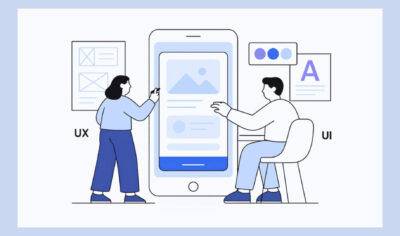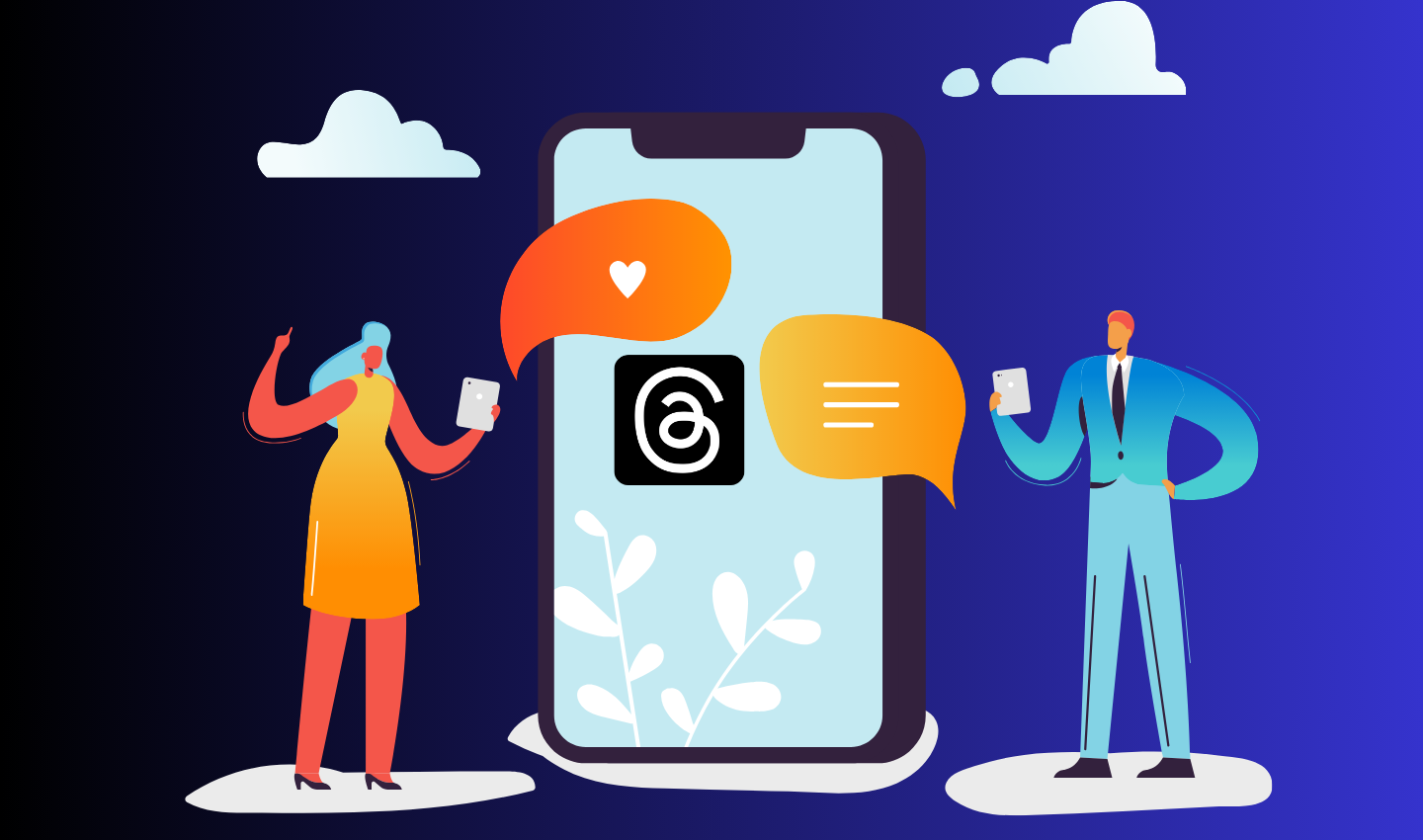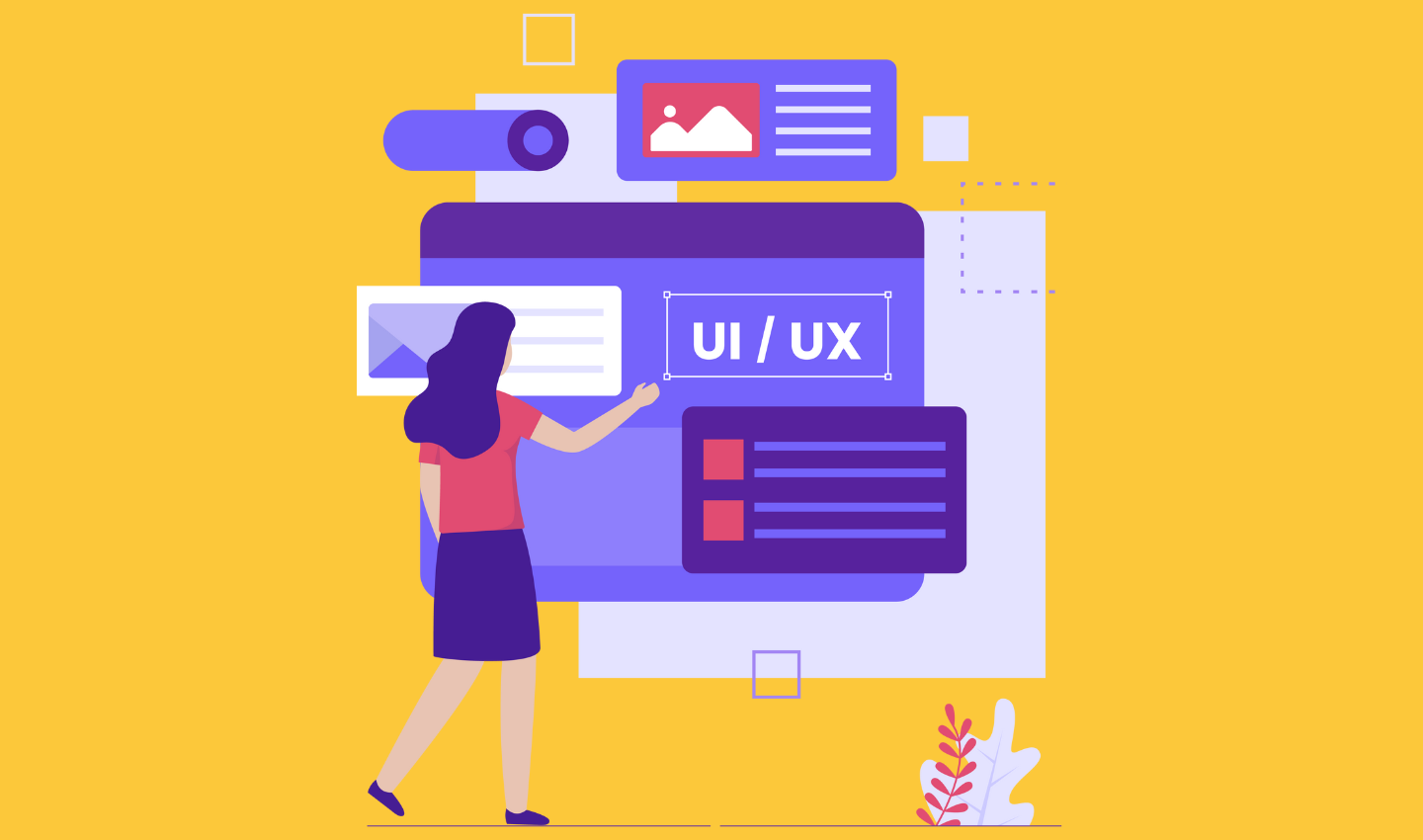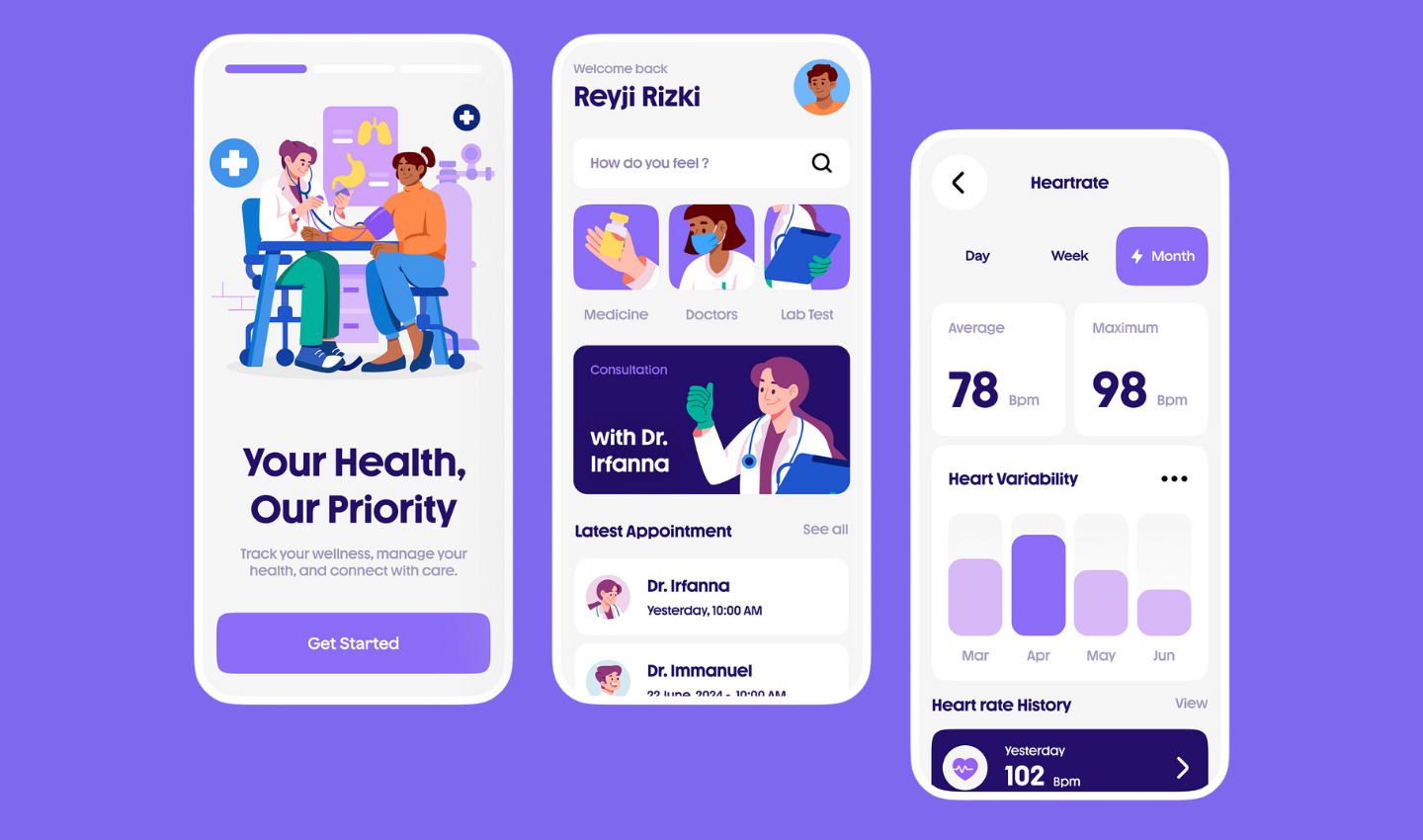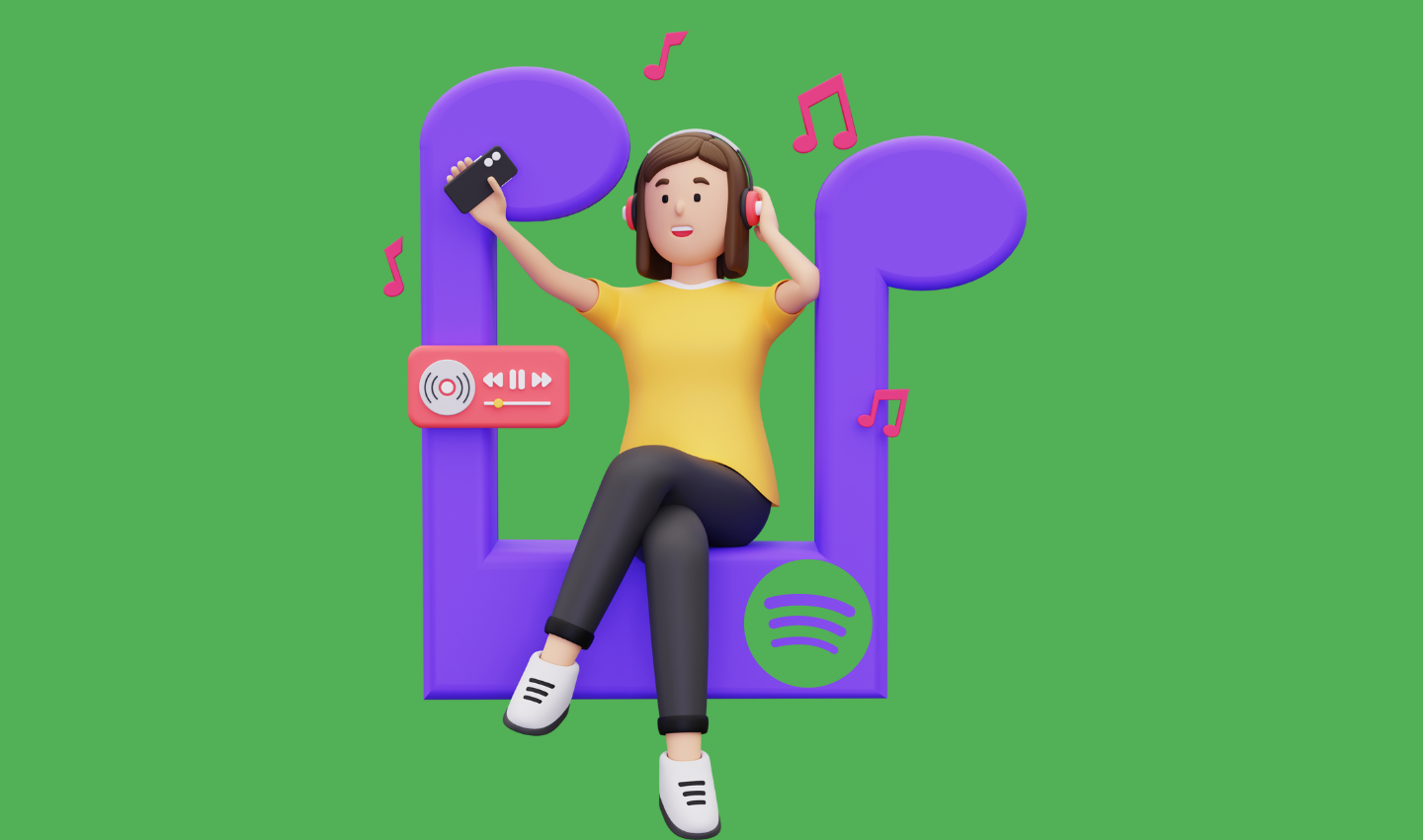
My Spotify: Everything You Need to Know About Spotify’s Latest Personalization Feature
Spotify, the leading music streaming service, has once again pushed the boundaries of personalized music experiences with the introduction of “My Spotify.” This innovative feature, along with a suite of personalized playlists, aims to enhance user engagement and satisfaction. This article delves into the details of Spotify’s new offerings, exploring their implications for user experience (UX) and user interface (UI) design.
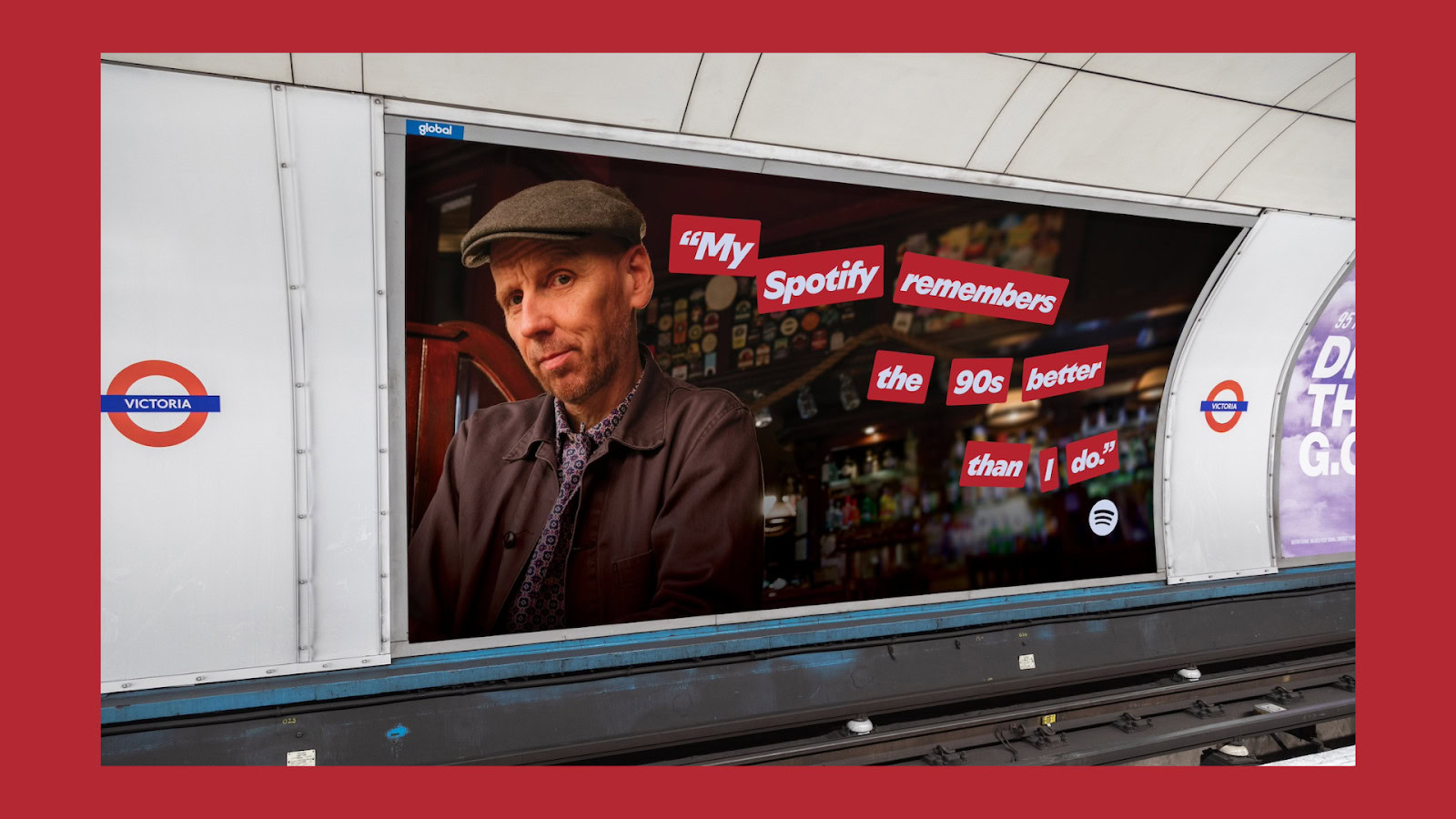
Table of Contents
Introduction to “My Spotify”
On June 10, 2024, Spotify unveiled “My Spotify,” a new hub designed to provide users with a more personalized music experience. This feature builds upon Spotify’s long-standing commitment to personalization, which has been a cornerstone of its service since its inception. “My Spotify” aggregates various personalized playlists and recommendations into a single, easy-to-navigate interface, allowing users to discover new music tailored to their tastes and preferences.
As with many of its major updates, Spotify is initially rolling out “My Spotify” in select regions. The new feature will first be available to users in the United States, Canada, the United Kingdom, Ireland, Australia, and New Zealand. This strategic decision allows Spotify to gather valuable user feedback and make any necessary adjustments before a broader global release.
The Essence of Personalization
Spotify’s approach to personalization is multifaceted. It leverages sophisticated algorithms and machine learning techniques to analyze user behavior, including listening habits, likes, and skips. This data-driven approach enables Spotify to create playlists that resonate with individual users on a deeper level. “My Spotify” is the culmination of these efforts, offering a centralized location for all personalized content.
Personalized Playlists: A Closer Look
One of the key components of “My Spotify” is the array of personalized playlists available to users. These playlists are curated based on various factors, including time of day, mood, and listening history. Here’s a closer look at some of the standout playlists featured in “My Spotify”:
Daylist
Daylist is a dynamic playlist that evolves throughout the day. It adjusts based on the time, offering users a fresh selection of music that aligns with their current activities and energy levels. For example, users might find upbeat tracks in the morning to kickstart their day, followed by more relaxing tunes in the evening. This real-time adaptability ensures that Daylist remains relevant and engaging.
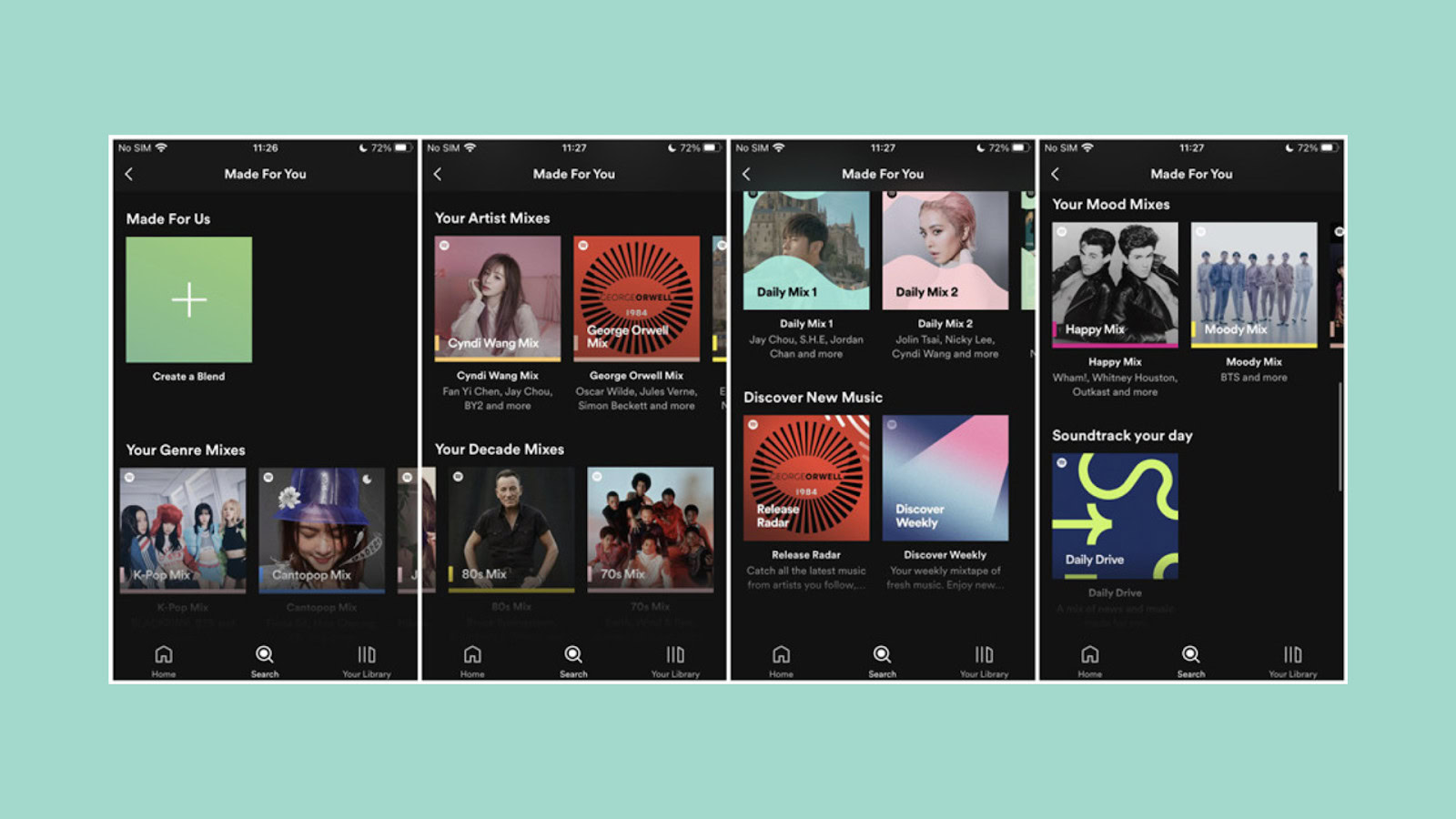
Made for You
The “Made for You” section includes several personalized playlists, such as Discover Weekly, Release Radar, and Daily Mixes. These playlists have become fan favorites, known for their ability to introduce users to new artists and tracks they might not have found otherwise. The success of these playlists lies in their precision and the seamless integration of user feedback into the curation process.
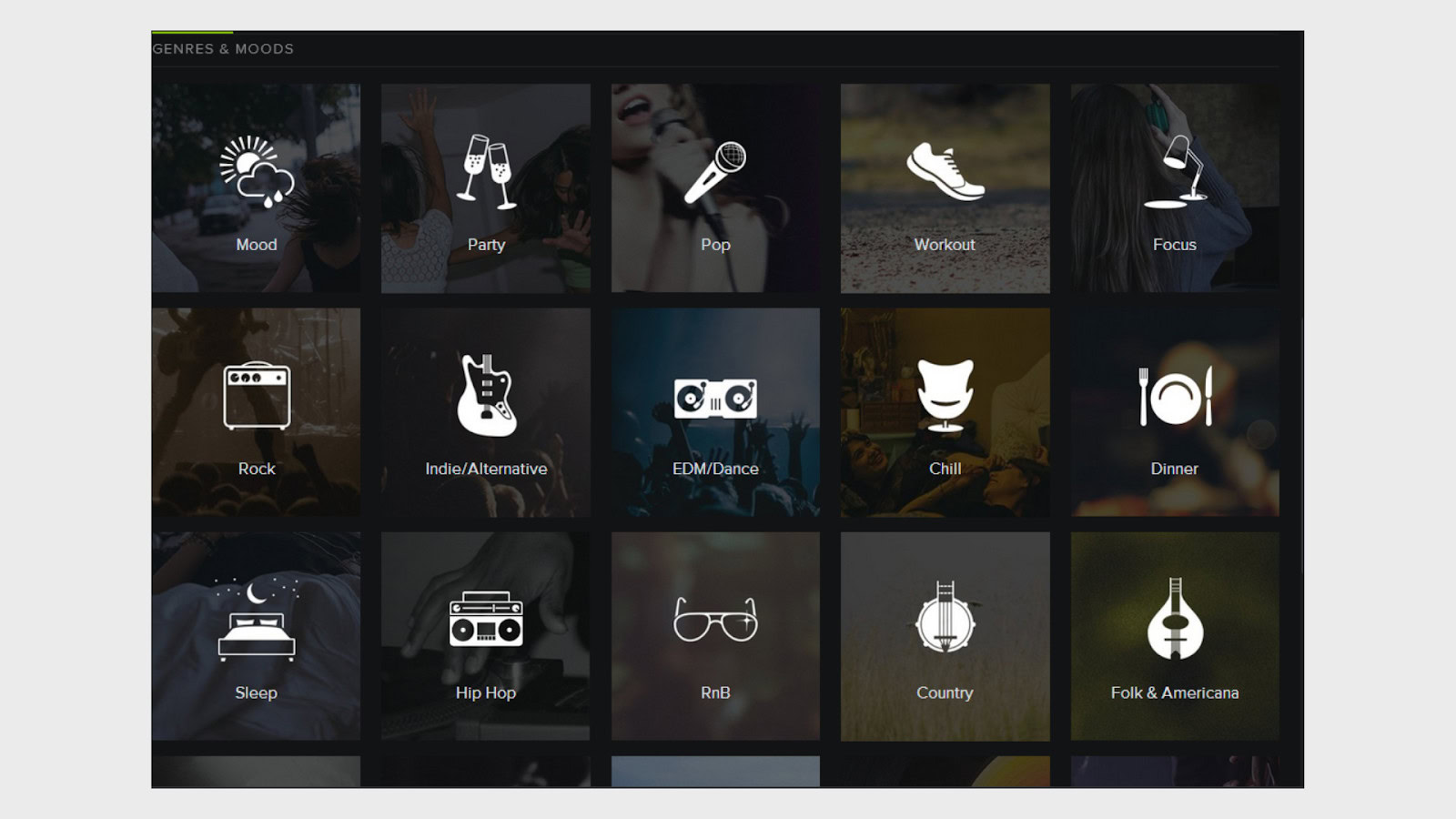
Genre and Mood Playlists
Spotify also offers genre and mood-specific playlists, catering to users’ diverse tastes and preferences. Whether it’s a workout playlist filled with high-energy tracks or a chill playlist for relaxation, Spotify ensures that there’s something for everyone. These playlists are continuously updated to reflect the latest trends and user feedback, maintaining their freshness and appeal.
UX/UI Design Insights
The introduction of “My Spotify” and personalized playlists brings several UX/UI considerations to the forefront. Spotify’s design team has meticulously crafted these features to enhance usability, accessibility, and overall user satisfaction. Let’s explore some of the key design elements that contribute to the success of these features.
Intuitive Navigation
One of the hallmarks of “My Spotify” is its intuitive navigation. The hub is designed to be user-friendly, with clear and concise labels that guide users to their desired content. The layout is clean and uncluttered, allowing users to focus on their music without distractions. This simplicity in design is crucial for maintaining a positive user experience.
Visual Appeal
Spotify has always prioritized visual appeal in its UI design, and “My Spotify” is no exception. The use of vibrant colors, high-quality images, and dynamic animations creates a visually engaging experience. These elements not only make the interface more attractive but also enhance its usability by providing visual cues that guide user interactions.
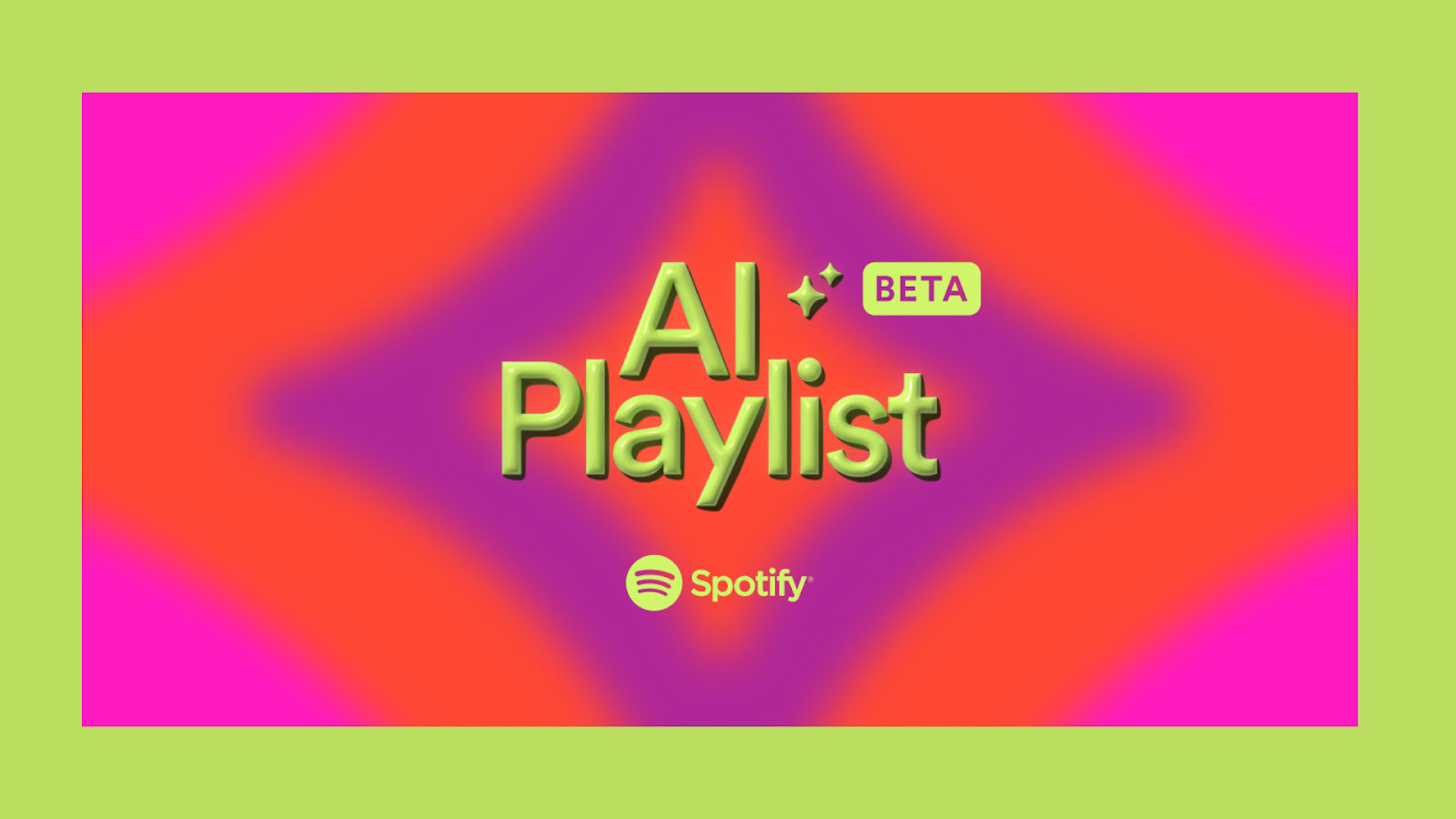
Personalization Touchpoints
Personalization is woven into the very fabric of “My Spotify.” From the moment users open the app, they are greeted with personalized content that reflects their unique tastes and preferences. This high level of personalization is achieved through a combination of user data analysis and smart algorithms. The result is a highly tailored experience that feels bespoke to each user.
Responsive Design
Given the diverse range of devices that users access Spotify from, responsive design is a critical consideration. “My Spotify” is designed to provide a seamless experience across smartphones, tablets, and desktops. The interface adjusts to different screen sizes and orientations, ensuring that users have a consistent and enjoyable experience regardless of the device they use.
Impact on User Engagement
The introduction of “My Spotify” and personalized playlists has significant implications for user engagement. By offering a more tailored experience, Spotify aims to increase user satisfaction and retention. Personalized content has been shown to boost engagement metrics, such as time spent on the app and the number of tracks played. Let’s examine some of the ways these new features enhance user engagement.
Increased Discoverability
One of the primary benefits of personalized playlists is the increased discoverability of new music. Users are more likely to explore new artists and genres when recommendations are tailored to their tastes. This not only keeps the listening experience fresh and exciting but also helps users expand their musical horizons.
Enhanced Emotional Connection
Music is a deeply personal experience, and Spotify’s personalized playlists tap into this emotional connection. By curating playlists that resonate with users’ moods and activities, Spotify creates a more meaningful and immersive listening experience. This emotional connection can lead to higher levels of user satisfaction and loyalty.
User Feedback Integration
Spotify’s personalized playlists are continuously refined based on user feedback. This iterative approach ensures that the recommendations remain relevant and accurate. By actively involving users in the curation process, Spotify fosters a sense of community and ownership, further enhancing user engagement.
Future Directions
The launch of “My Spotify” represents a significant milestone in Spotify’s journey towards delivering a fully personalized music experience. However, the company is not resting on its laurels. There are several exciting possibilities on the horizon that could further enhance the personalization and UX/UI design of Spotify’s offerings.
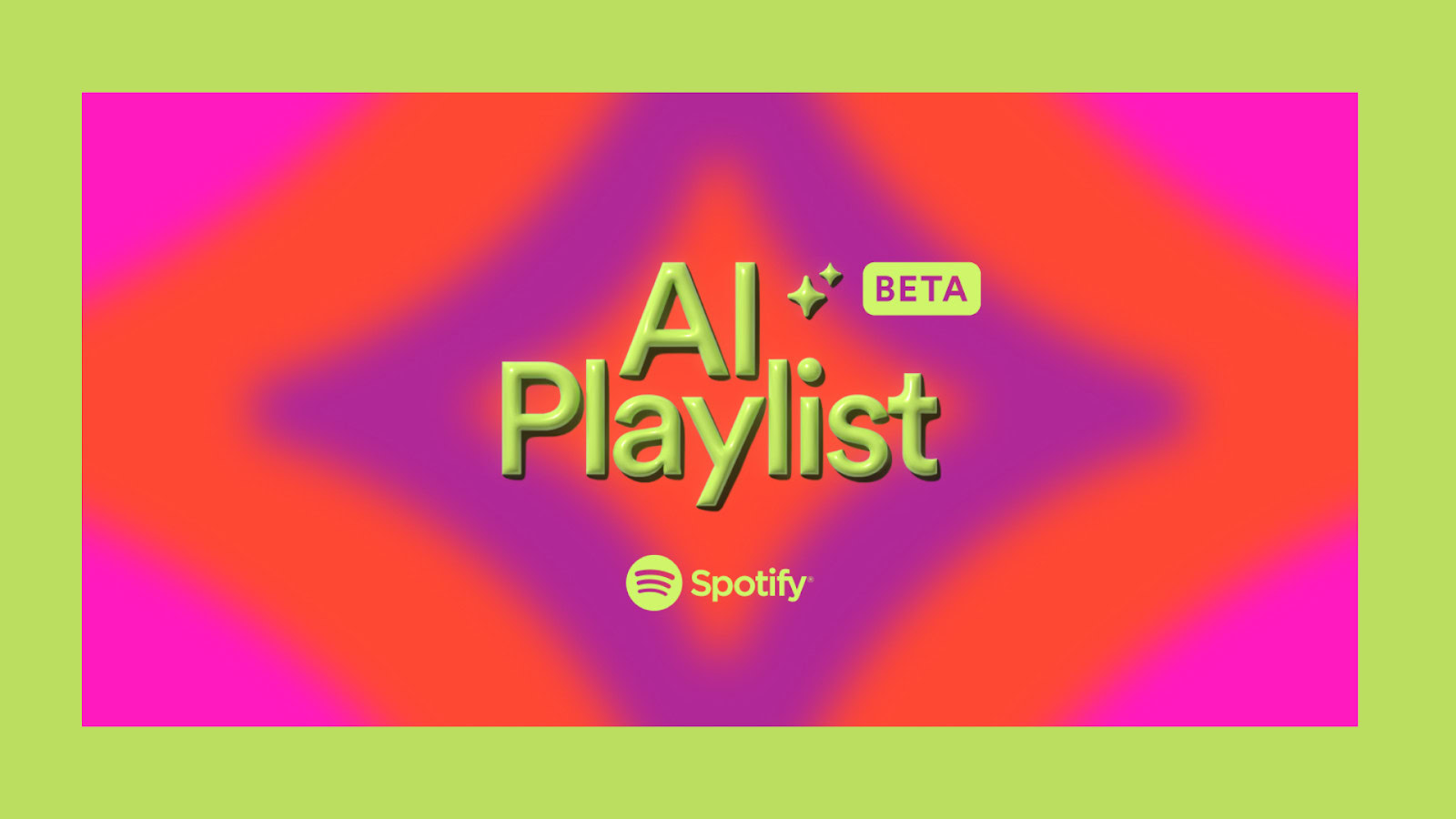
Advanced AI and Machine Learning
As AI and machine learning technologies continue to evolve, Spotify is poised to leverage these advancements to deliver even more precise and personalized recommendations. Future iterations of “My Spotify” could incorporate advanced predictive analytics, enabling the platform to anticipate users’ needs and preferences with greater accuracy.
Integration with Other Services
Spotify has the potential to integrate with other services and platforms to create a more holistic and seamless music experience. For example, integrating with smart home devices could allow users to control their music through voice commands, enhancing convenience and accessibility. Additionally, partnerships with other content providers could offer users a more diverse range of entertainment options.
Enhanced Social Features
Social features have always been a key aspect of Spotify’s platform, and there is room for further enhancement. Future updates could include more robust social sharing options, allowing users to share their personalized playlists with friends and family. Collaborative playlists could also be expanded, enabling users to co-create and curate playlists in real time.
Conclusion
Spotify’s introduction of “My Spotify” and personalized playlists marks a significant step forward in the realm of personalized music experiences. By leveraging advanced algorithms and user data, Spotify has created a highly tailored and engaging platform that resonates with users on a personal level. The thoughtful UX/UI design further enhances the user experience, ensuring that the interface is both intuitive and visually appealing.
Take your company to the next level and get results with our world class user experience, interface design and implementation.
Get a FREE 30 min Strategy Session

Related posts
Threads Unraveled: How UX Flaws Weakened a Promising Social Platform
Threads emerged as a social media platform brimming with promise. Its unique focus on threaded messaging and ephemeral content aimed […]
5 Reasons Why Good UX/UI Design is a Game-Changer for Startups
Startups are constantly seeking ways to stand out from the crowd and ensure long-term success. One of the most crucial […]
Future of HealthTech Startups: Predictions for 2025 and Beyond
HealthTech startups are on the rise, reshaping the healthcare industry with innovative solutions. However, despite their potential to revolutionize patient […]
Creative product design that gets results
Take your company to the next level with world class user experience and interface design.
get a free strategy session
